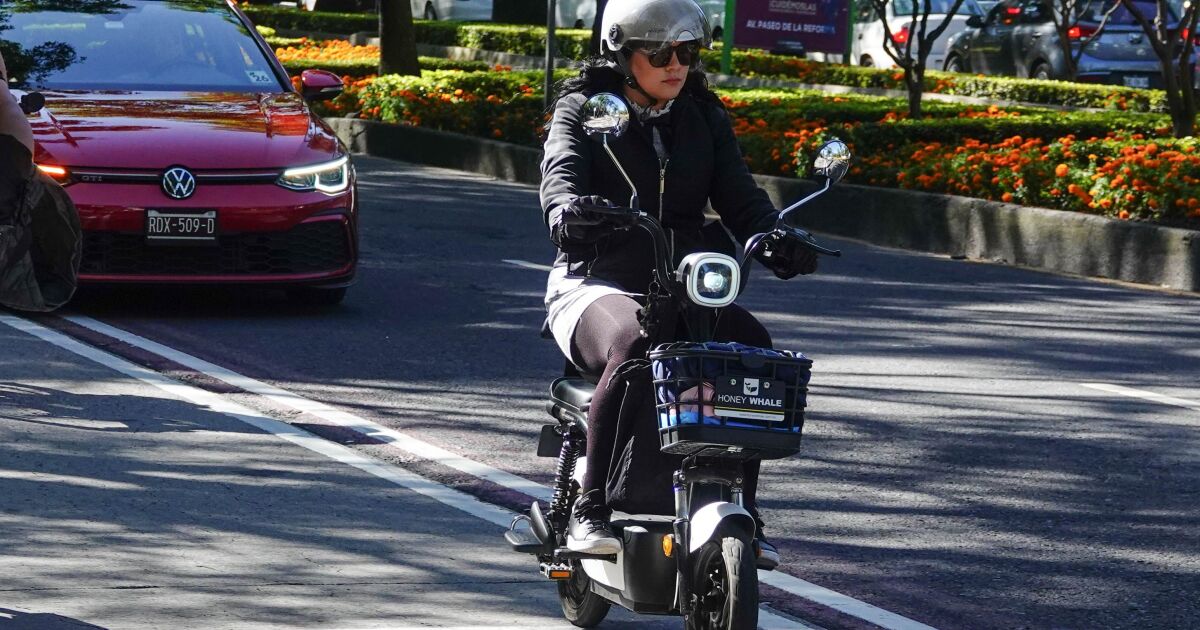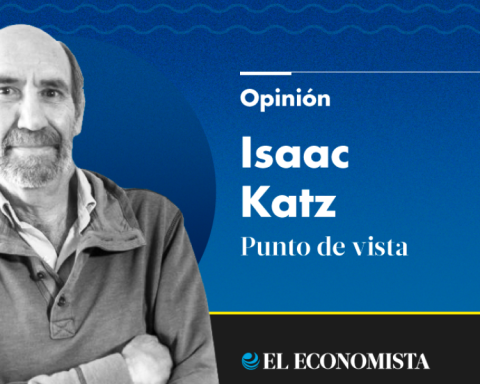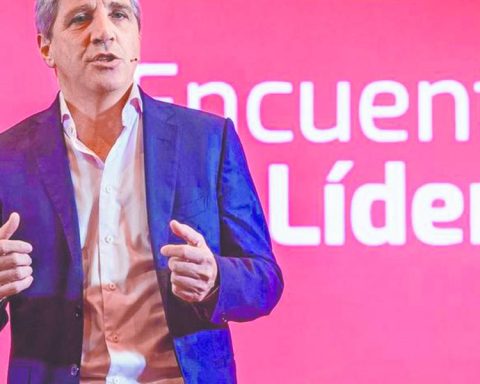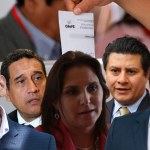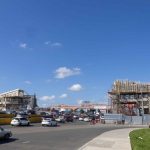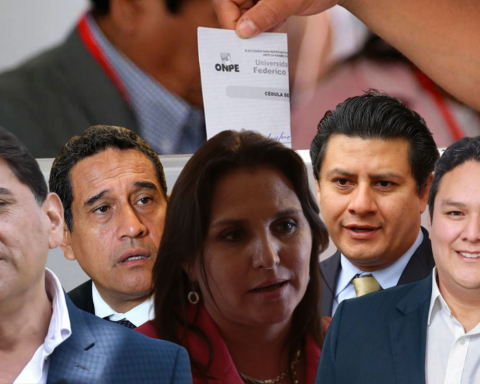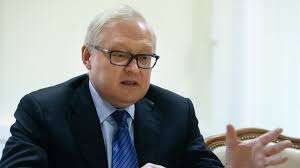during the forum “City and word: conversation about the Urban Public Agenda” on the occasion of the agency’s eleventh anniversary “Communicate the City”more than a dozen specialists reflected on the need for both governments and citizens to rethink their vision of the use and design of public space.
They stressed the relevance of investing in mobility for all users, in road safety education and sustainable urban planning, key elements for a more equitable and livable future.
The future of cities and transportation
The engineer and urban planner Vicente Torres considered that it is not enough for governments to adopt a discourse on sustainable mobility and the environment, if in reality there are no concrete actions to improve travel within cities.
He highlighted that, although electric cars have become more common, traffic in cities remains the same, which shows that technological solutions are not enough without a change in planning and road safety education.
“The streets are full of electric cars, how nice, but the traffic is worse than ever, mobility, sensitivity, the loss of quality of life still exists, but how nice the general mobility laws sound. “I think more is needed,” he said.
Bernardo Baranda, director for Latin America of the Institute of Transportation and Development Policies (ITDP), highlighted that unlike the motorist or motorcyclist, industries have not managed to find a niche in other road users to improve their mobility.
He said that in addition to this, the elites today do not focus on the most sustainable public transportation.
“Bicycle users, pedestrians, public transportation users; It is a sector that generally has no say in mobility and in the end becomes marginal. “It is a challenge and it is not easy,” he stated.
